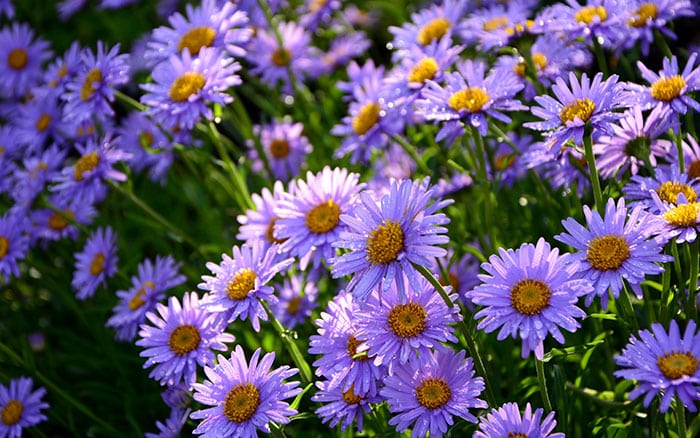Early spring or autumn is the perfect time of year to move things around in your garden. Decided you don’t like the placement of certain plants? Then shift them.
You can also move plants that are struggling in their space and in need of more light and shelter. You should also move plants that have outgrown their space and are encroaching on their neighbours.
But wait! Before you start ripping all your garden up, there is a catch: you can’t move plants that have been established for a long time. Mess around with those and you risk killing them.
So what can you move? Anything that’s only been in the ground for a year or two is safe to transplant. And you need to do it now while the plants are dormant over the winter period. They don’t need a lot of their root systems at the moment, so you won’t do any major damage if you lose some of the roots in the process. By the time summer comes around, your plant will have healed itself nicely.
What plants to transplant when
Deciduous plants and shrubs should be moved in autumn. Acers, cornus, roses, sorbus, camellias, peonies, fruit trees, azaleas, forsythia and rhododendron will all cope better in autumn.
Grasses, evergreen plants, late-flowering varieties should be moved in spring, such as box, asters, miscanthus, pennisetum, sarcococca, crocosmia and kniphofia.



Getting started
Lay a piece of polythene by the side of the plant or shrub. Then dig widely around the base, trying not to damage the root system too much. Get as much of the root ball out as you possibly can.
Push a spade well underneath the root ball, then carefully lift the whole plant onto the polythene. If the plant is heavy, you can use the sheet to drag it to its new position.
The new spot
Dig a spacious hole where you want your plant and line it with some fresh compost to help its roots re-establish. Add some water in the hole, but don’t drown it.
I always give plants I’m moving a bit of a prune to compensate for the fact that their root system may have been damaged or diminished. Aim to trim off around 20% to ensure the plant remains in proportion to its root system.

Planting and feeding
Plant at the same depth as it was previously growing. If you need a guide, there will be a soil mark on the trunk or stem to aim for.
When the weather warms and the plant starts growing again, add a little general purpose fertiliser to give the roots a kick-start.


It’s really a cool and helpful piece of information. I am satisfied that you simply shared this helpful information with us.
Please keep us informed like this. Thank you for sharing.
i thought i’m crazy thinking that moving plant around just like moving furniture, but actually that is good idea to have it. Thank you
Thank you for your clear advise,easy to understand
Lovely gardens
Thank you David for your advice I am most grateful.